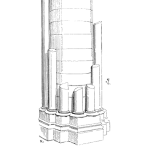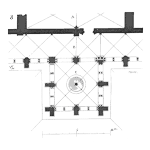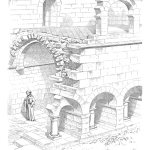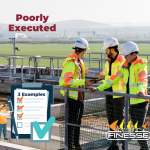
Opinion-based data is the foundation of qualitative assessments. Qualitative assessments are used in various applications, including asset management, risk management, human reliability analysis, and customer surveys. The usefulness of any qualitative assessment is a function of design, analysis, and administration. This article summarizes a review of ten risk matrices performed by facility owners or their consultants. [Read more…]













 Ask a question or send along a comment.
Please login to view and use the contact form.
Ask a question or send along a comment.
Please login to view and use the contact form.